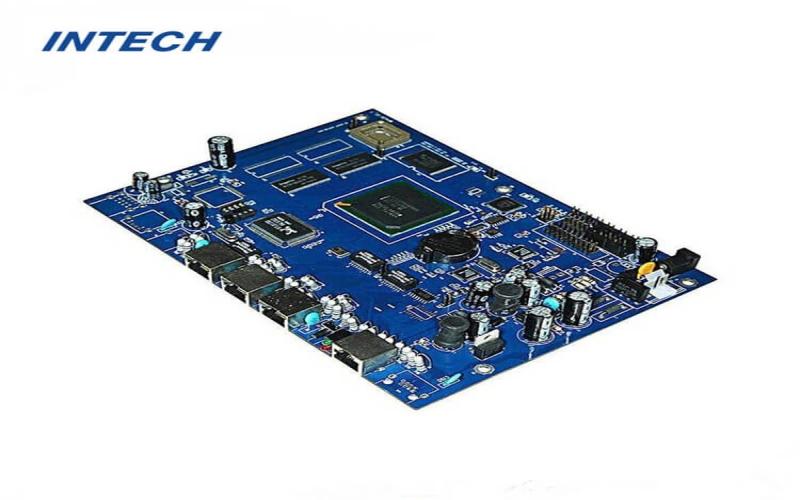Material selection and performance evaluation of PCB
Date:2023-06-20 17:43:26
PCB material selection and performance evaluation PCB (Printed Circuit Board) is an indispensable part of electronic equipment, which carries electronic components and provides electrical connections. In PCB design, material selection and performance evaluation are crucial links. This article will introduce the key points of material selection and performance evaluation of PCB.

First, let's take a look at common materials for PCBs. The main materials of PCB include substrate material, conductive layer material and cover layer material. The substrate material is the main body of the PCB. Common substrate materials include FR-4 (glass fiber reinforced epoxy resin), metal substrates, ceramic substrates, etc. The conductive layer material is generally copper, which has good electrical conductivity. Covering layer materials are used to protect the conductive layer. Common covering layer materials include solder paste, solder mask, and copper clad film. When choosing PCB materials, the following factors need to be considered. The first is the working environment of the circuit. If the circuit will operate in a high temperature environment, a material with good heat resistance needs to be selected. The second is the frequency characteristics of the circuit. For high-frequency circuits, materials with low dielectric constant and low loss need to be selected to reduce attenuation and distortion of signal transmission. In addition, the mechanical strength, chemical corrosion resistance, flame retardancy and other requirements of the material also need to be considered. In PCB design, performance evaluation is an important step to ensure the quality of PCB design. Performance evaluation can be carried out through the following aspects.
The first is electrical performance evaluation. This includes evaluation of parameters such as resistance, capacitance, inductance, etc. Through simulation and testing, it is possible to evaluate whether the electrical performance of the circuit meets the design requirements. This is followed by thermal performance evaluation. In high power circuits, heat generation is unavoidable. Therefore, it is necessary to evaluate the heat dissipation performance of the PCB to ensure that the circuit will not overheat during operation. In addition, the mechanical properties of the PCB also need to be evaluated. This includes aspects such as the strength, stiffness, and vibration resistance of the PCB. Through mechanical testing and simulation analysis, the reliability and durability of the PCB during use can be evaluated. Finally, the manufacturability of the PCB also needs to be evaluated. This includes the availability of materials, the feasibility of processing technology and so on. Through cooperation with PCB manufacturers and actual production experience, the manufacturability of PCB design can be evaluated, and necessary adjustments and optimizations can be made.
To sum up, PCB material selection and performance evaluation are important links in PCB design that cannot be ignored. Reasonable material selection and comprehensive performance evaluation can ensure the quality and reliability of PCB design. At the same time, the cooperation with PCB manufacturers and the accumulation of experience are also the key to improving the level of PCB design.
